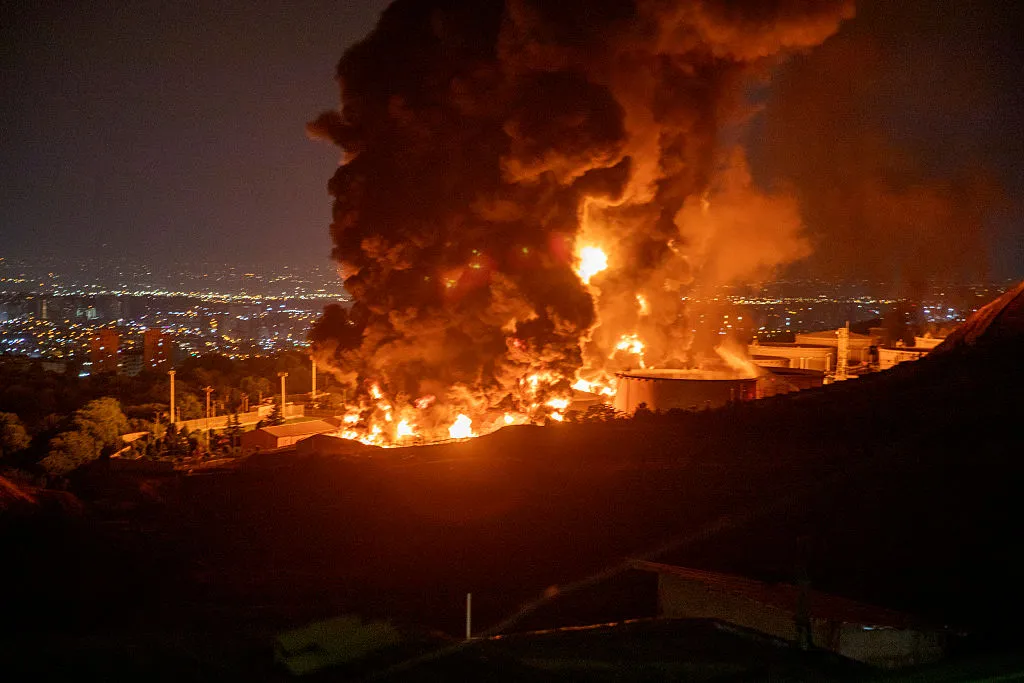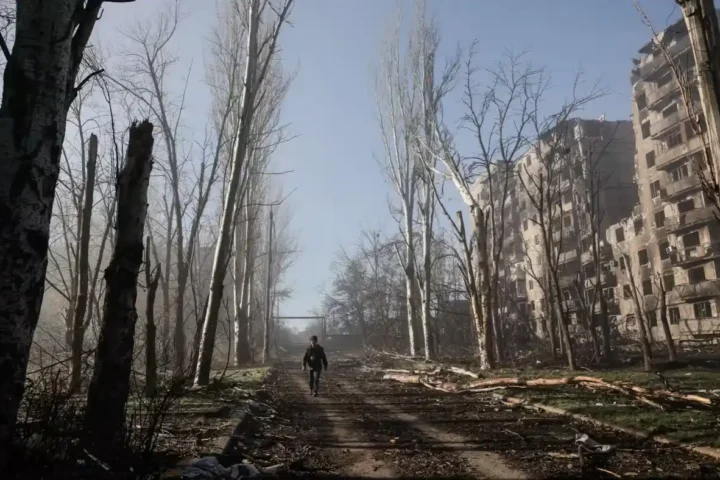The recent U.S. airstrikes on Iran’s key nuclear facilities in Fordow, Natanz, and Isfahan were more than a military operation. They were a message: Washington’s patience has run out, and Tehran’s nuclear ambitions will no longer go unchallenged. Now, Iran faces a critical choice: capitulate, strike back and retreat, or escalate massively. According to Bloomberg, the Iranian regime has three options — two of which could spell strategic disaster.
Scenario 1: Capitulation and Restarting Negotiations
This is the ideal outcome for the United States and Israel. Under this scenario, Iran, overwhelmed by the precision of American strikes and the overwhelming display of power, abandons its nuclear program, opens its facilities to international inspectors, and renounces its “right” to enrich uranium.
In reality, this outcome is highly unlikely. Within the Iranian leadership, particularly among the Islamic Revolutionary Guard Corps (IRGC), such a step would be seen as a national humiliation. Moreover, the regime cannot afford to appear weak in the wake of foreign attacks — capitulating under pressure could trigger internal unrest. In the eyes of the public, it would amount to admitting the complete failure of its strategic path.
Conclusion: This scenario is only feasible in the event of deep internal turmoil. For now, it is not realistic.
Scenario 2: Conceal, Retaliate, and Return to Diplomacy
This is the most likely and pragmatic scenario for Iran — a hybrid strategy: preserve what remains of its nuclear assets, carry out limited retaliatory attacks to save face, and ultimately return to the negotiating table.
What this might look like:
- Preserve what’s salvageable: With Iran being nearly two and a half times the size of Texas, there are many locations where surviving centrifuges, materials, or documentation could be hidden. Tehran may have evacuated sensitive assets in anticipation of an attack.
- Limited retaliatory strikes: Iran is likely to conduct a series of carefully calibrated, low-scale attacks using ballistic and cruise missiles, as well as drones. The aim would be to demonstrate that it won’t remain passive — without provoking another overwhelming U.S. response.
- Potential targets:
- U.S. military bases in Iraq and Syria;
- American naval vessels in the Persian Gulf and Arabian Sea;
- U.S. Air Force installations in Kuwait, Qatar, the UAE, and Saudi Arabia.
- Strategic restraint: These attacks would be designed to avoid significant casualties, thus preventing further escalation. Meanwhile, Iran would initiate a diplomatic maneuver, potentially through third-party intermediaries, to restart talks on its terms.
Conclusion: This option allows Tehran to withstand the blow, project resilience, and avoid being dragged into an all-out war. It’s also the most realistic and controlled path forward.
Scenario 3: All-In Escalation — the “Go Big” Strategy
This scenario is the most dangerous. Iran may decide that reputational damage from not responding decisively is too severe — and opt for full-scale escalation. This would unfold across three major fronts:
1. Shutting Down the Strait of Hormuz
The Strait of Hormuz is a strategic chokepoint through which more than 20% of the world’s oil and gas exports pass.
Iran has spent decades preparing for the possibility of closing it. Possible measures include:
- Deploying floating mines;
- Sinking civilian vessels to obstruct the narrow channel;
- Positioning mobile missile batteries on the Iranian coast.
The West has countermeasures — minesweepers, special forces, etc. — but even a temporary disruption would shock global markets, drive oil prices up, and fuel inflation worldwide.
2. Targeted Killings and Hostage-Taking
While U.S. diplomats and generals are heavily protected, American businesspeople in the Gulf are more vulnerable. Iran might target senior executives in cities like Dubai, Abu Dhabi, Doha, or Kuwait City.
Another risk is hostage-taking — either in Iran itself (e.g., foreign journalists) or in neighboring countries. Tehran is watching how Hamas used hostage diplomacy with great effect — and might try to replicate it.
3. Cyberattacks on Global Energy Infrastructure
Iran already has a track record of major cyberattacks, especially against Saudi Arabia. In a “go big” scenario, it could target oil terminals, LNG facilities, pipelines, and more — not just regionally, but globally.
The strategy would be to create a chain reaction:
- Temporarily close the Strait of Hormuz;
- Disrupt energy infrastructure through cyber warfare;
- Trigger a global oil shock;
- Spark financial panic;
- Fuel public dissatisfaction in the U.S. and allied nations.
Conclusion: This path would be Tehran’s ultimate leverage move — but it comes with enormous risks. The U.S. response could be devastating. The threat of a full-blown war would no longer be hypothetical.
Scenario 4: A Domestic Uprising — Regime Change from Within
This option is not in the regime’s hands, but in the hands of the Iranian people. With a population of 90 million, Iranians may come to the realization that the regime has failed — economically, diplomatically, and now militarily.
The potential for revolution may not be immediate — foreign attacks often unite the public around the leadership. But beneath the surface, discontent is growing.
As Bloomberg notes:
“A rotten theocracy is teetering in Tehran. If the religious leaders decide to ‘go big,’ let’s hope the people decide they don’t want to ride along and risk an even greater U.S. response.”
Modern Iran increasingly resembles Tsarist Russia in the early 20th century — an authoritarian regime that appears solid until the day it collapses. If the regime makes a miscalculation, the consequences could be internal as much as external.
Conclusion: This scenario remains hypothetical — but not implausible. A regime change from within might be Iran’s best hope for a peaceful future — but it would likely require either sustained internal resistance or an elite-level fracture.
This article was prepared based on materials published by Bloomberg. The author does not claim authorship of the original text but presents their interpretation of the content for informational purposes.
The original article can be found at the following link: Bloomberg.
All rights to the original text belong to Bloomberg.


















